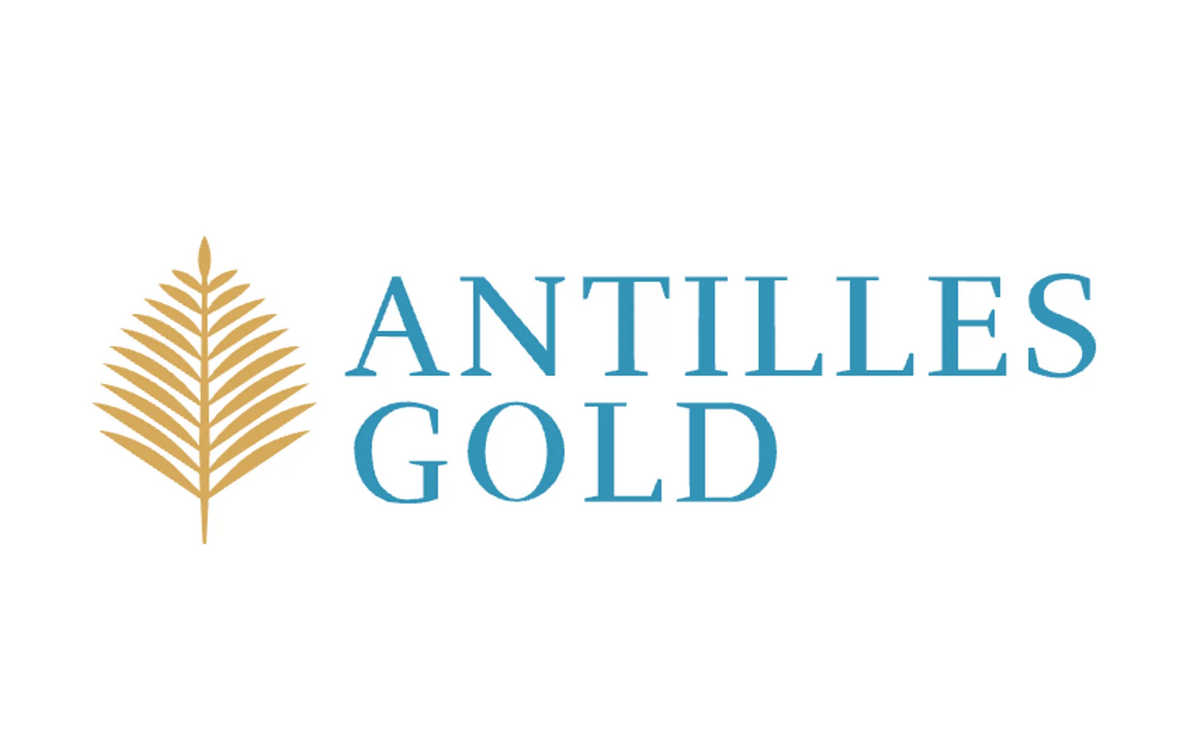
September 11, 2024
Description
The securities of Antilles Gold Limited (‘AAU’) will be placed in trading halt at the request of AAU, pending it releasing an announcement. Unless ASX decides otherwise, the securities will remain in trading halt until the earlier of the commencement of normal trading on Monday, 16 September 2024 or when the announcement is released to the market.
Issued by
ASX Compliance
Click here for the full ASX Release
This article includes content from Antilles Gold, licensed for the purpose of publishing on Investing News Australia. This article does not constitute financial product advice. It is your responsibility to perform proper due diligence before acting upon any information provided here. Please refer to our full disclaimer here.
AAU:AU
The Conversation (0)
23 June 2024
Antilles Gold Limited
Developing Gold and Copper Projects in mineral‐rich Cuba
Developing Gold and Copper Projects in mineral‐rich Cuba Keep Reading...
17 February 2025
Antilles Gold to Raise $1.0M for Working Capital
Antilles Gold Limited (AAU:AU) has announced Antilles Gold to Raise $1.0M for Working CapitalDownload the PDF here. Keep Reading...
31 January 2025
Quarterly Activities/Appendix 5B Cash Flow Report
Antilles Gold Limited (AAU:AU) has announced Quarterly Activities/Appendix 5B Cash Flow ReportDownload the PDF here. Keep Reading...
12 January 2025
Summary of Pre-Feasibility Study for Nueva Sabana Mine
Antilles Gold Limited (AAU:AU) has announced Summary of Pre-Feasibility Study for Nueva Sabana MineDownload the PDF here. Keep Reading...
11 December 2024
Revision to Updated Scoping Study Nueva Sabana Mine, Cuba
Antilles Gold Limited (AAU:AU) has announced Revision to Updated Scoping Study Nueva Sabana Mine, CubaDownload the PDF here. Keep Reading...
30 December 2025
Hidden Gem: How Intrusion-related Gold Deposits Could Fuel Next-generation Discoveries
With the gold price continuing to hover near all-time highs and major producers scouring the globe for new large-scale deposits, one type of gold system is emerging as a potential game changer. Intrusion-related gold systems (IRGS) have already yielded multimillion-ounce mines, like Kinross... Keep Reading...
30 December 2025
Finding Gold: Exploring New Zealand’s Next Big Discovery
Despite its rich mining legacy, New Zealand remains one of the most underexplored frontiers for gold in the developed world. Now, with advanced exploration tools and a new generation of explorers, the country is emerging as a hotbed of untapped investment opportunity.Modern exploration... Keep Reading...
29 December 2025
Centurion Minerals: Abitibi's Gold Gem
Centurion Minerals (TSXV:CTN) is a Canadian gold exploration company focused on the world-class Abitibi greenstone belt. The company offers investors an early-stage entry point into a strategically located gold exploration company positioned within one of North America’s most prolific and active... Keep Reading...
Latest News
Interactive Chart
Latest Press Releases
Prismo Metals Announces Closing of Private Placement
31 December 2025
Related News
TOP STOCKS
American Battery4.030.24
Aion Therapeutic0.10-0.01
Cybin Corp2.140.00






